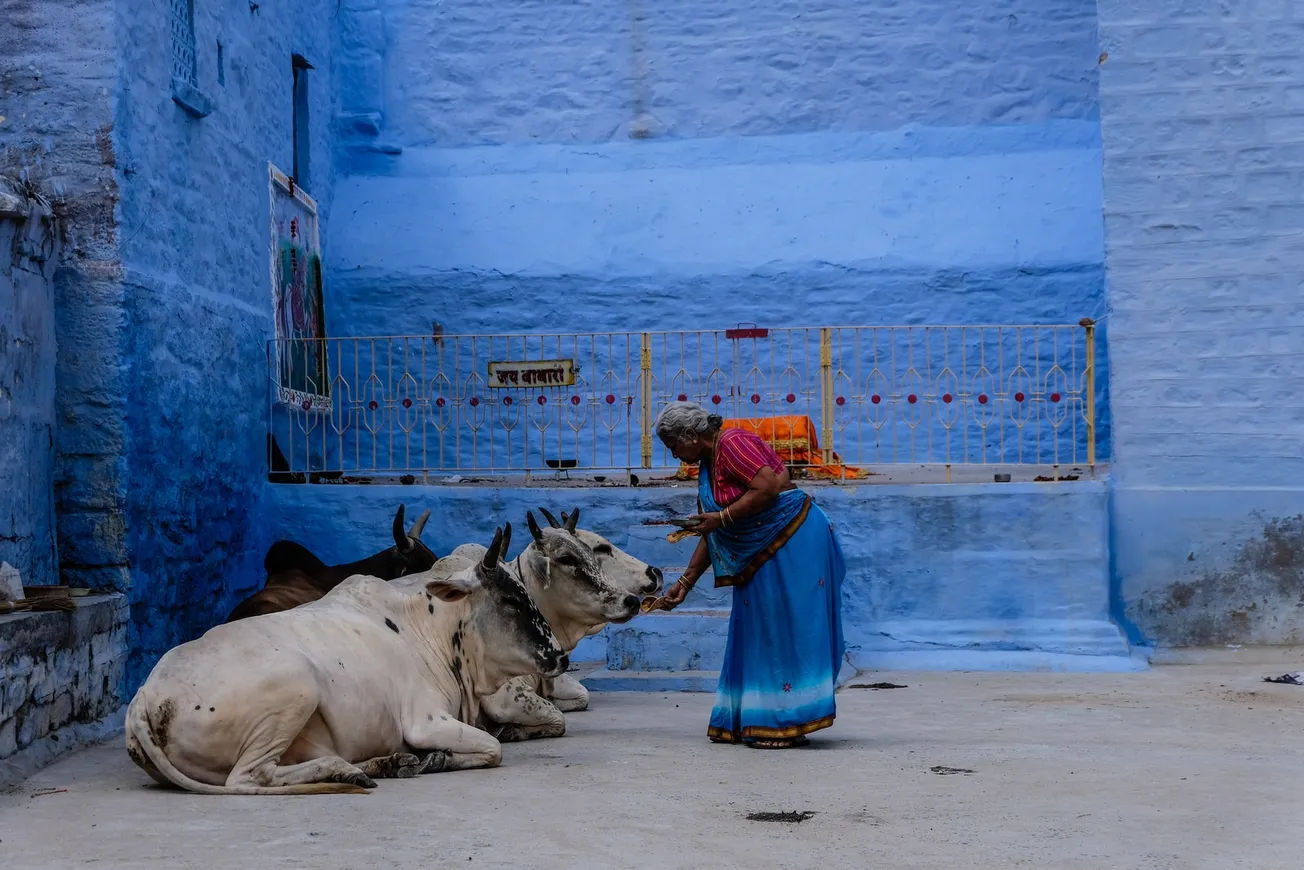Vijay Raj Jayaraj
Vijay Jayaraj is a research associate at the CO2 Coalition, Arlington, VA and a contributor to CFACT. He holds a master’s degree in environmental sciences from the University of East Anglia, UK and resides in India.
Imagine the entire US plunging into abject poverty. In global terms, abject poverty is when people earn less than $2 per day, amounting to a monthly income of just $60. That is less than a dinner bill in some of the restaurants in the US.
In many parts of our world, this type of poverty is an everyday reality. I live in India, a country with more than 300 million in poverty and few hundred million more without reliable access to basic utilities like clean water, cooking fuel and reliable electricity access. In other words, a population more than the population of US living in poverty and uncertainty.
But India’s situation could have been even worse, and it would not be a leading economy in Asia if it were not for the Norman Borlaug-led agricultural green revolution in the country during the 1970s.
Today, the country is an agricultural superpower, ranking number one in the production of many food crops. So much so the federal government has been handing out free rice and wheat to 800 million people since the pandemic lockdown in April 2020.
In fact, the government is still distributing free food grains from this $44 billion program, which is the world’s biggest free food program. In comparative terms, that is equivalent to the entire population of Europe receiving five kilograms of free food grains each month, for more than two years!
But how are farmers in India able to produce such high quantity of food when all we hear in the Western news media is climate doom and gloom?
The ground reality in India is unlike anything that we hear in climate conferences. The optimum temperature levels and the increased atmospheric carbon dioxide levels have helped the food crops in the country. Yes, droughts and excessive rainfall events occur regularly, but they have always been part of India’s climate system.
Though 86.2 per cent of all farmers in India are small landowners with less than two hectares of land, there has been considerable progress in their socioeconomic status. Farmers in certain regions of the country have found the right tools to achieve success.
Among them are farmers from my native Indian state of Tamil Nadu, a fertile and historically agrarian state whose farming practices dates to thousands of years. My extended family members have seen great success in their past three decades of farming.
Predominantly dependent on coconuts and vegetables, the excess income from farming has enabled them to invest in sources of secondary income, further strengthening their financial status.
This was possible because they were open to adopting right farming practices in order to make optimum use of available environment and scientific innovations. Grassroot farmers here have incorporated drip irrigation technology (improving water use efficiency by 40 per cent to 60 per cent), subsidized soil testing, growth enhancers like fertilizers and advanced crop varieties into their farming culture, resulting in tremendous success.
In the last five years, the country has outperformed its agricultural productivity and has registered consecutive record crop production figures. It must be kept in mind that it is a success not just for the farmer but also to the consumers and food security of the country.
The only missing link in India’s farming ecosystem is the use of genetically modified crops. Traditionally agrarian countries like Bangladesh, China and many others have already approved a range of food crops that produce higher yield in a shorter span and at a lower cost. India’s phenomenal success in agriculture is in danger of backsliding if the regulatory bodies here do not allow the commercial cultivation of GM food crops.
In general, the country – home to 17 per cent of world’s population – has progressed leaps and bounds in the agricultural sector. Climate change has aided the country’s farmers immensely and there is no crisis.









